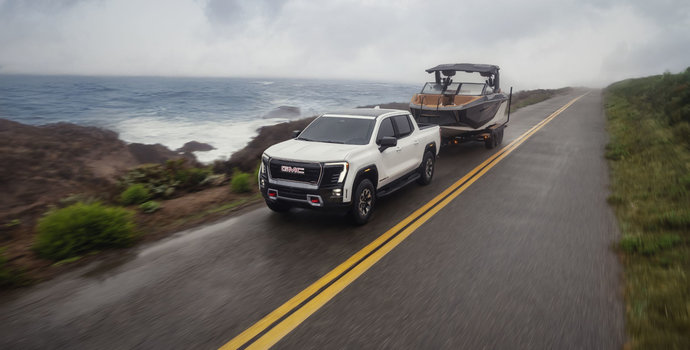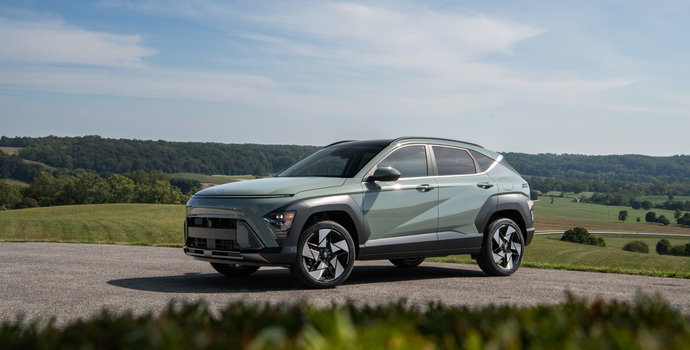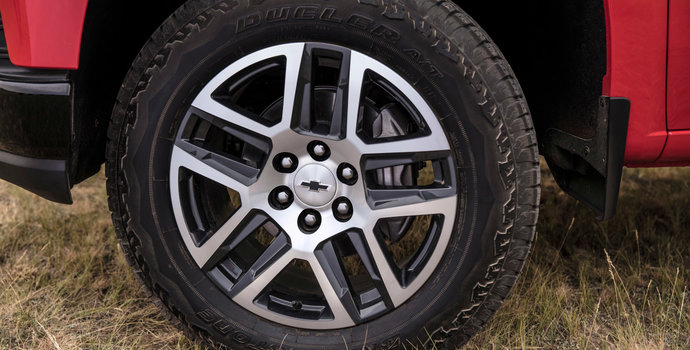The Basics: How Car Lease Payments Are Calculated
Lease payments are based on the car’s starting value, known as the Selling Price. By the time your lease ends, the car will have a Residual Value, which is what the dealership expects it to be worth when you return it. Your payments mostly cover the difference between these two amounts, which is called Depreciation—essentially, how much value the car loses during your lease.
Other factors can also affect your monthly payments, either increasing or lowering them. Below, we’ll break down the main elements that influence what you pay.
Selling Price vs. MSRP
The Selling Price of the vehicle comes from the usual negotiations you have with a dealership when buying a car to determine how much you would buy it for. They usually involve the following:
- Manufacturer’s Suggested Retail Price (MSRP) – used as the opening mark for negotiations with the dealer, but it is NOT the same as the Selling Price
- Discounts – any incentives, rebates or bonuses reduce the price
- Negotiations – negotiating with the dealer can further reduce the price
This helps determine the vehicle's final Selling Price before tax is included. It is generally used as the foundation for the other factors below.
Useful Tip!
The lower you can negotiate the selling price, the less you’ll pay in taxes and monthly payments. That’s why it’s always worth aiming for the best deal on the selling price!
What is Residual Value & Depreciation?
The Residual Value and the Depreciation of the vehicle are closely tied together. Before you sign the lease, the leasing company determines both using historical data for that make and model and future projections. The Residual Value represents how much the car is worth at the end of the lease, and the Depreciation represents how much value the vehicle lost by the time the lease ends.
How to Determine Lease Price
The lease price of a vehicle is determined using its Selling Price, Residual Value, and Depreciation. Here is a basic rundown of how they work to determine your lease payment.
- The Selling Price of a vehicle you want to lease is $30,000
- By the end of a 3-year lease, the car is now worth $17,000 – this is the Residual Value
- The Selling Price ($30,000) minus the Residual Value ($17,000) leaves $13,000 – this is the Depreciation
- Your lease payments are mainly to cover the $13,000 in Depreciation every month over the term of the lease
It is essential to remember that the Residual Value and Depreciation are determined before you lease the vehicle, not after the lease is over. They are both set using historical data from previous versions of the same model and forecasting future trends. Other factors considered include reliability, the cost and frequency of repairs and parts, fuel economy, size, condition, mileage, consumer trends in desirability, etc.
Useful Tip!
You should find ways to cut depreciation costs to pay less in monthly payments. The easiest way to do this is to buy vehicle brands and models that depreciate less than average.
Can I Make a Down Payment or Trade-In My Old Vehicle?
Some leasing companies will ask you to make a down payment towards the lease, lowering your lease payments. The bigger the down payment, the lower your monthly payments will be. However, this does not necessarily save you money in the long run. Usually, a down payment is divided by the number of months in the lease, which lowers the monthly payments by around that amount.
It can be a viable option if you have the money upfront and want to get that much out of the way for the future. However, the down payment is still taxable, so check how that affects the monthly payments to see if it saves or costs you any money. Whether you prefer to make a down payment depends on your preferences and circumstances.
Alternatively, if you already own a car you want to sell, you can trade it to the dealer. It acts similar to a down payment but uses your old vehicle’s value instead of the cash you have to have saved up. You can then use the trade-in value to reduce the taxable leased amount you must pay, reducing your monthly payment. This only works for your vehicle, as you cannot trade in leased cars.
Useful Tip!
Consider putting the money you saved up for a down payment into a savings account, so it can earn some interest over time rather than you spending it all at once.
Does the Length of My Lease Matter?
Leases usually are between three and four years (36 to 48 months) long but can be as short as two years and as long as five. How long of a lease you choose will affect your monthly lease payments; generally speaking, the longer the lease, the lower your monthly payments. Here are the main things to consider when it comes to longer leases:
- Your payments can be spread out over more months
- Your vehicle will depreciate more over time, so you aren’t just spreading the same total amount over more time
- Cars depreciate at the highest rate in the first year of ownership, so the extra depreciation you would pay for additional years would not be as significant
You can look up depreciation and lease calculators for models you are interested in to see whether a longer lease would be better, but don’t sign a lease until you are sure it makes sense for you.
Useful Tip!
If your lease is longer than your warranty coverage, you might be on the hook for maintenance and repairs, so make sure you know how the vehicle’s warranty works before leasing it.
How Does The Kilometer Limit Affect My Payments?
Leases generally limit how much you can drive the leased vehicle per year, with additional payments as penalties if you surpass it. This is because the amount driven affects Depreciation, so more kilometres on the odometer will cause it to be worthless. Since the Depreciation for the leased vehicle is set at the start to determine your payments, it will be based on a forecasted amount driven over the lease term.
For someone who lives in Toronto and doesn’t drive much outside the city, staying below this limit should not be difficult. But those who live in suburban areas like Mississauga or more rural areas and need to use their car for greater distances are more likely to surpass the limit number.
Useful Tip!
If you want to save another $10 or $20 on your monthly payment and don't plan to drive your car long distances, ask if you can lower the annual KM limit to reduce the cost. Make sure you still set the limit to an amount you would not surpass or you will pay even more in penalties.
How Does a Security Deposit for My Lease Work?
Most leases require you to make a security deposit that is usually around the worth of one month’s lease payment. You effectively pay down one month’s payment in advance that the leasing company will use in case you fail to make a payment or against damage caused to the car. But don’t worry, you get the security deposit back at the end of the lease, as long as the car is in good condition.
Useful Tip!
Some leasing companies allow you to make multiple security deposits, and each additional deposit helps lower the interest rate charged on the monthly lease payments.
Summary
Understanding how car lease payments are calculated helps you make informed decisions and potentially save money. Your payments are influenced by factors like the car’s selling price, depreciation, residual value, and additional considerations like down payments, lease length, and kilometre limits. Knowing these details allows you to tailor your lease to fit your budget and driving habits. With the tips shared in this guide, you’re better equipped to navigate lease negotiations and keep your costs manageable. Do your research, ask questions, and enjoy the experience of leasing your next car!
You might also be interested in these guides:
What’s The Difference Between Leasing And Financing A Car?
How to Get Financing When You Have No/Bad Credit
How to Get Cheaper Insurance Rates
How to Get Out of a Car Lease Early in Ontario







